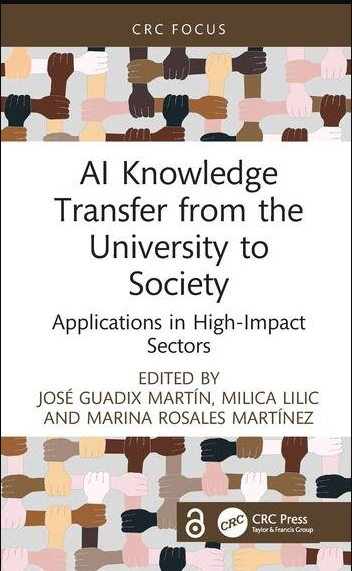The long fruitful relationship between CNA (Centro Nacional de Aceleradosres) and ALTER TECHNOLOGY, participating in joint projects and sharing the facilities, provides an ideal setting to offer a comprehensive radiation laboratory. However, in the frame of work of the current project PRECEDER, this consortium poses a new challenge: provide a novel predictive tool to the radiation community. Having previous knowledge about the behavior of the different components under radiation is quite interesting in the design phase of any system, more especially for NewSpace.
Nowadays, the number of small satellites launched by commercial and governmental administrations is growing up. The advantage of reducing production costs goes against the price of using radiation-hardened devices, too high in comparison to the baseline approach, the use of COTS. Additionally, it is important to consider the time consuming and budget increasing due to the performance of radiation testing on these components, with many different technologies.
To meet and justify that there is no need for performing radiation testing, it is necessary to search available data, based on previous radiation tests. To facilitate this arduous and tedious work, our group has developed PRECEDER as a database in the form of a web application, which will be included within VirtualLab1 by ALTER.
Collected data are the base for a more ambitious objective, the data analysis focused on ML in order to obtain information about electronics behavior under radiation. Different data sources have been explored coming from ESA, NASA, JPL, ALTER, and other private companies. The first critical step in any ML project is data cleaning and preparation (García et al., 2016). So, tens of thousands of reports are being previously treated in order to ensure the uniformity, accuracy, and consistency of data. To eliminate the variability of the reporting and the wide number of different report templates, we were forced to develop a quite complex database structure.
Each irradiation test report includes several electrical parameters which have been measured in different conditions. Currently, millions of data are available, but substantial growth is expected due to the increase in space industry in the near future. As a novelty, the PRECEDER application, in an interactive way, offers the possibility to obtain a summary of conclusions or a prediction about the most relevant parameters in the radiation level of interest. Continuously updated, it will be public access with user-friendly interface, shortening the amount of time and efforts to find the information.
Once all the information is properly classified, cleaned, and clustered, we proceed to use different data science methodologies applying ML techniques, looking for some algorithms that generate a greater degree of confidence. Achieving high accuracy requires a large amount of data that is sometimes difficult, expensive, or impractical to obtain. In this field, where the available data is not so extensive for every component and the physical meaning is critical, supervised learning will be necessary. Integrating human knowledge into Machine Learning can significantly reduce data requirements, increase reliability and robustness of ML, and build explainable ML systems. Under this assumption, the last decision of clustering data from one or more radiation test reports must lie in radiation engineers that give support to data scientists.
First, we have studied TID reports for different transistor families. In view of our initial observations, from clustering and statistical data analysis, it seems to lead up to obtain valuable information about parametric degradation of electronic components. However, probably it should be mandatory to perform standard electrical measurements of critical parameters. Some weaknesses, such as part-to-part variability, must be considered as possible limiting factors. Even so, any reduction in time and costs is always welcomed. In the future, this kind of treatment could be included in the RHA methodology for aerospace applications.
ACKNOWLEDGMENTS
This project has been carried out in collaboration with ALTER TECHNOLOGY and with the support of the following researchers: Manuel Domínguez, Amor Romero, Iván Illera, Yolanda Jiménez, José de Martín, José J. González, and Fernando Morilla.
